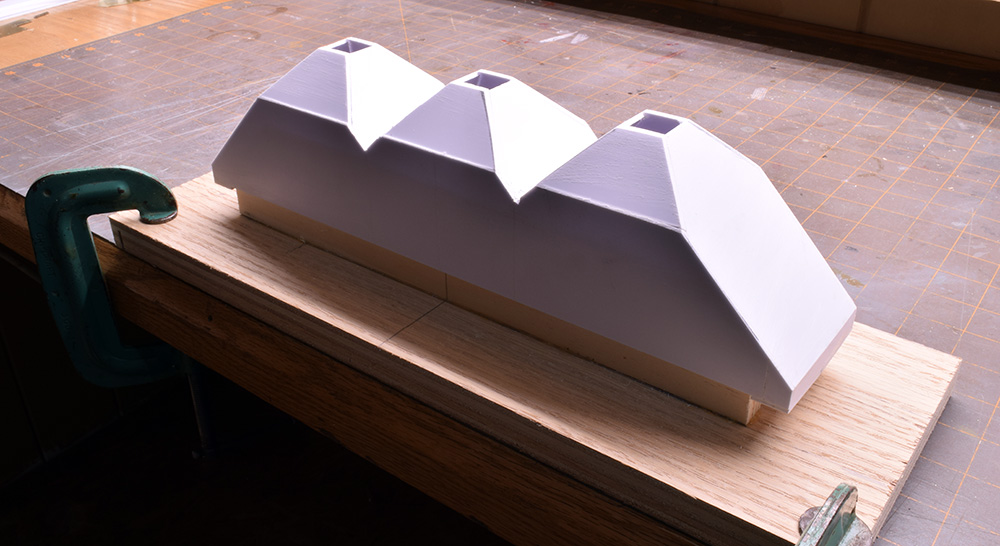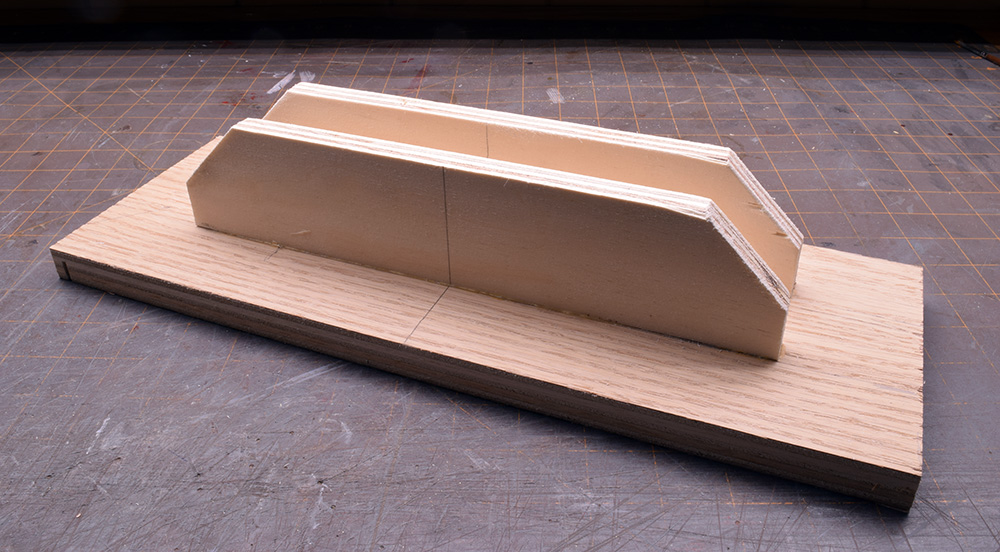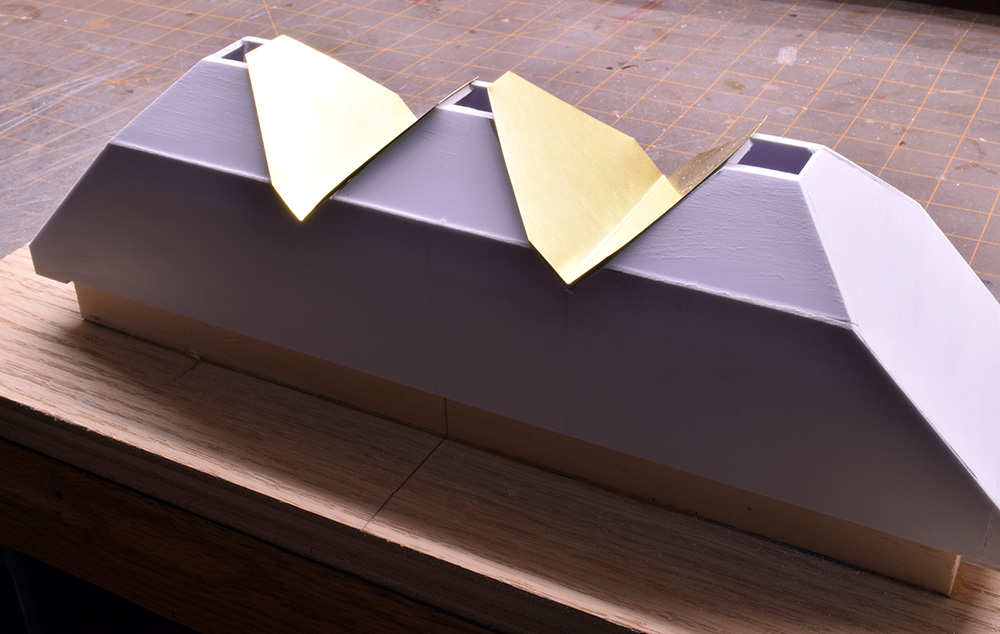There is a gap in quality between professional work and that of an amateur. Noticing this gap is a good sign. It means you understand the difference between good work and a mediocre effort. The divide between my own work and that of experienced modelers is more like a canyon than a gap. Closing, or at least reducing, that gulf is something I’m working on.
In the last post I mentioned my admiration for the way Bill Clouser developed his own working methods instead of copying the mistakes and bias of another modeler. I stand by those words and doing things my own way has also been my experience. However, it stands to reason that if you want to improve your own work you should study and emulate the habits of excellence wherever you can find them. In that vein I’ve recently discovered the work of Brian Holcombe, a professional woodworker in New Jersey. He builds heirloom quality, solid wood furniture and cabinetry using a combination of western and Japanese hand tools. Reading the build threads on his blog is an enjoyable way for me to spend time. What strikes me the most is the amount of care he puts into preparing the stock for a project.
Using only hand planes to take a board from rough lumber to a surface that is straight, flat and square on all six sides is no mean feat. I’ve always read that a planed surface is superior to a sanded one, yet I never knew why until seeing the difference in the finish quality as shown in Brian’s photos. His dedication to craft is beyond question in an American culture that values the speed and efficiency of the assembly line above all else.
Studying such work is a source of inspiration for me. It helps me get into the mind of a craftsman and understand what is truly involved in working at a high level. The major lesson I’m learning from Brian’s work is to slow down and appreciate every step of the process.



As with preparing stock or sharpening tools, each step contributes to the quality of the finished project. Throughout, there are untold numbers of decisions that enhance or detract from the work. It’s all part of a process that goes well beyond the stuff that shows. Here’s an example.
On one model, I need to smooth and trim a few edges. I thought about the best way to do this for what I believed was an adequate time. However, as I was setting up to do the work, I realized that I was about to make a huge mistake and ruin the project. I finally understood how the quality of the work and my enjoyment of it lives and dies at moments like this and, for once; I stopped dead in my tracks and reconsidered my typical caveman with a club approach.
I decided that there was a better way but I needed to build a fixture to hold the model that I could clamp to the bench, freeing up both hands for the work. I spent the rest of my available time building one and I’m glad I did. In addition to the immediate task, this fixture will hold the shell in place while I add other details, making that work more enjoyable and simpler. There may be hope yet!
Model railroading is viewed as an outcome-based pursuit. For many, it doesn’t matter how you get to the outcome as long as it’s quick and cheap. I guess that’s what I no longer find attractive about the hobby. With the different ways of approaching this craft, there is a place for the mass produced and there is also a place for the hand built, one of a kind model that ignores any thoughts of compromise.
I could settle for quick answers, but I’d rather have the real understanding that only comes from careful observation and immersing myself into the work. It’s more of a values-based approach where I put ego aside and let the work teach me what I need to know.
Regards,
Mike
“ The major lesson I’m learning from Brian’s work is to slow down and appreciate every step of the process.”
From the sounds of it, you are also enjoying every step of the process!
Simon,
I am.
Mike